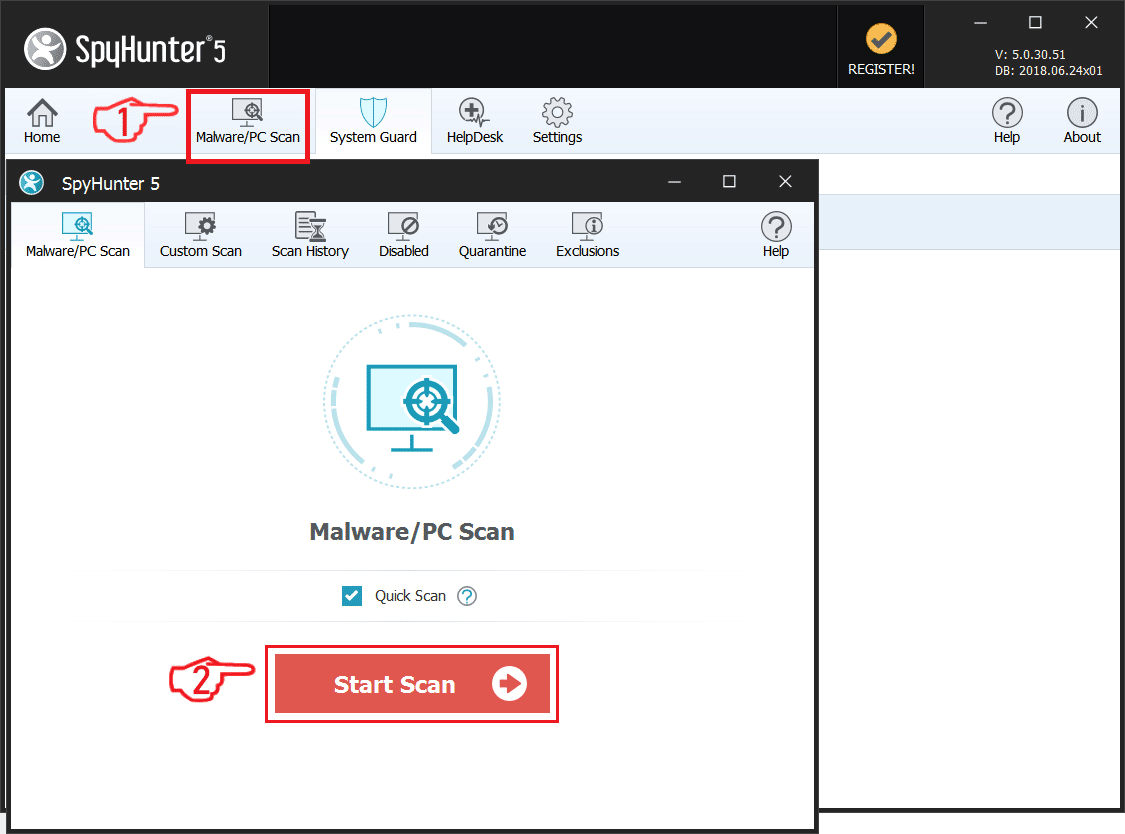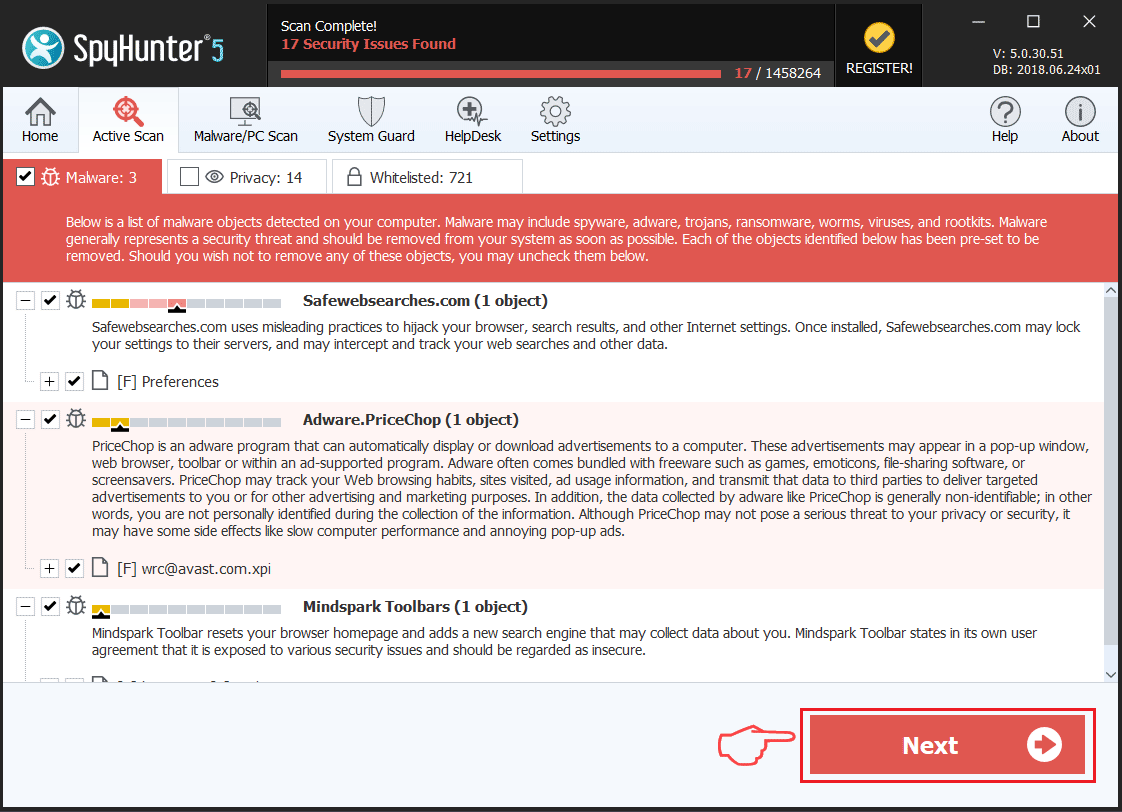The Rietspoof Malware is a dangerous weapon used against computer users worldwide. It infects mainly via hacker social network profiles. Our article gives an overview of its behavior according to the collected samples and available reports, also it may be helpful in attempting to remove the virus.

Threat Summary
| Name | Rietspoof Malware |
| Type | Trojan |
| Short Description | The Rietspoof Malware is a computer virus that is designed to silently infiltrate computer systems. |
| Symptoms | The victims may not experience any apparent symptoms of infection. |
| Distribution Method | Software Vulnerabilities, Freeware Installations, Bundled Packages, Scripts and others. |
| Detection Tool |
See If Your System Has Been Affected by malware
Download
Malware Removal Tool
|
| User Experience | Join Our Forum to Discuss Rietspoof Malware. |

Rietspoof Malware – Distribution Methods
The Rietspoof malware is distributed via rather unorthodox techniques which utilize a several stage-stage dropper. Instead of focusing on the traditional phishing email tactics the criminals are using hacker-made or stolen accounts on the popular instant messaging clients and social networks such as Skype and Facebook Messenger. There are several popular user cases such as the following:
- Malware Friend Requests and Interaction — The hacker-created or stolen accounts can be automated into sending the targets friend requests and subsequent messages containing the dangerous code.
- Group Posts — The criminals can post the malicious content in group chats and discussions, regularly blending them in with the content in question.
- Direct/Private Messages — The accounts can be programmed to send out private messages to the targets with the intended content.
The intended goal of the criminals is to deliver a highly obfuscated Visual Basic Script which will deliver the next stage of the Rietspoof malware. This usually means that the script can be placed in a variety of payloads. Popular ones include documents across all popular types: text files, presentations, databases and spreadsheets. Whenever they are opened by the users a prompt will appear asking them to enable the built-in scripts. The other popular method is to create malicious software installers — they represent hacker-made installers of popular applications which are created by taking the real installers from the official sources and modifying them to include the malicious code. These files can be spread via the social network and IM messages however additional methods can be used as well in order to increase the number of affected victims. Such include any of the following:
- File-Sharing Networks — The malicious payloads can be on peer-to-peer networks and file-sharing sites where both pirate and legitimate content is shared among Internet users.
- Hacker-created Sites — Malicious sites can be created by the hackers that impersonate search engines, product landing pages and portals that are frequently accessed by Internet users. Common elements include the use of similar sounding domains and security certificates that may be either issued by the criminals or stolen.
- Prior Infections — The threat can be carried over from previous infections.
When the first stage of the payload is executed it will instantly retrieve the next part of the module — a CAB file. The script will then run the CAB file which is signed with a valid signature — this does not raise any alarms as this appears to be just like any normal file execution.
The third stage however has been found to communicate with a hacker-controlled server via a TCP network connection. The end addresses are hardcoded in the binary file and the connection is secured through the AES cipher. There are two versions of the Rietspoof malware which are differentiated from the way the communication takes place:
- First Version — The encryption/decryption key is derived from the initial handshake.
- Second Version — The encryption/decryption key is derived from a hard-coded string. This version also supports running its own protocols and it can leverage both HTTP and HTTPS requests.
When the stage 3 phase of the infection has been reached the virus will continue further with the download of the final stage. The code analysis reveals that it is very possible that this is a signal of a targeted attack campaign.

Rietspoof Malware – Detailed Description
The captured Rietspoof malware files have been found to feature an in-depth security bypass mechanism which will cover its tracks from the system administrators. This is done by manipulating the date and time of access of the files. It can also interact with the command line interface which is a non-standard way of running commands. Anti-virus engines are not accustomed to rate such behavior as dangerous. This allows the malware to effectively bypass all sorts of security software such as firewalls, intrusion detection systems, virtual machine hosts and debug environments.
During the Rietspoof malware operations a scheduled task for the engine will be created. This means that it will be installed as a persistent threat making it very difficult to remove. Similar malware samples usually disable access to the recovery boot menus and options which renders most manual user removal guides non-working.
After the scheduled task has been made the virus will be executed after a short delay — this is done in order to evade the usual behavior followed by most viruses. An additional feature that is part of the Riestpoof malware is the built-in certificate which is digitally signed by a legitimate certificate authority. This means that either the certificate is stolen or that the criminals have used a false identity in order to buy it.
The third stage dropped payload has the ability to act as a simple bot by allowing the criminals to carry out common tasks as expected by most Trojans:
- File Activities — The local client can be configured into downloading or uploading files from and to the infected machines.
Process Execution — The criminals can instruct the local machine into running certain processes remotely.
What’s more interesting about active Rietspoof malware infections is that they include a so-called geofencing feature — an analysis will be made of the current location of the client servers and the intrusion will be carried out only if they are found within the approved territories. This is particularly useful for targeted attack, in this case the Rietspoof malware will act against clients located in the USA.
The fact that the made connections are encrypted makes it a very difficult infections to discover. The malware contains many advanced modules which allows the hacker operators to cause a wide variety of actions. Common end goals include the following:
- Botnet Recruitment — The Rietspoof malware can recruit the hosts into a worldwide network of infected computers. They can be used to cause a massive DDoS (distributed denial of service) attack which can take down company sites, servers and even government agencies.
- Identity Theft — Via the malicious actions done by the threat the Rietspoof malware can extract details about the victims that can be reveal their identity. This is done by using a data harvesting component that will search for strings such as the person’s name, address, phone number, interests and any stored account credentials. This information can be used to impersonate the victims, blackmail them and lead to various financial abuse.
- Additional Malware Deployment — The made infections can be used to deploy other threats to the compromised machines.
- Miner Infections — One of the most common consequences of infections with similar viruses is the infection with a cryptocurrency miner. This is a script or stand-alone application that will download a series of resource-intensive tasks. They will take advantage of the available resources in order to process complex mathematical calculations: the CPU, GPU, memory and hard disk space. This is done by connecting to a special server called Mining Pool which distributes the tasks. Whenever one of them is completed a digital cryptocurrency payment will be made to the hacker operators directly to their wallets.
We anticipate that other functions will be made available in future versions.

Remove Rietspoof Malware
If your computer system got infected with the Rietspoof Malware, you should have a bit of experience in removing malware. You should get rid of this Trojan as quickly as possible before it can have the chance to spread further and infect other computers. You should remove the Trojan and follow the step-by-step instructions guide provided below.
Note! Your computer system may be affected by Rietspoof Malware and other threats.
Scan Your PC with SpyHunter
SpyHunter is a powerful malware removal tool designed to help users with in-depth system security analysis, detection and removal of Rietspoof Malware.
Keep in mind, that SpyHunter’s scanner is only for malware detection. If SpyHunter detects malware on your PC, you will need to purchase SpyHunter’s malware removal tool to remove the malware threats. Read our SpyHunter 5 review. Click on the corresponding links to check SpyHunter’s EULA, Privacy Policy and Threat Assessment Criteria.
To remove Rietspoof Malware follow these steps:
Use SpyHunter to scan for malware and unwanted programs
Preparation before removing Rietspoof Malware.
Before starting the actual removal process, we recommend that you do the following preparation steps.
- Make sure you have these instructions always open and in front of your eyes.
- Do a backup of all of your files, even if they could be damaged. You should back up your data with a cloud backup solution and insure your files against any type of loss, even from the most severe threats.
- Be patient as this could take a while.
- Scan for Malware
- Fix Registries
- Remove Virus Files
Step 1: Scan for Rietspoof Malware with SpyHunter Anti-Malware Tool



Step 2: Clean any registries, created by Rietspoof Malware on your computer.
The usually targeted registries of Windows machines are the following:
- HKEY_LOCAL_MACHINE\Software\Microsoft\Windows\CurrentVersion\Run
- HKEY_CURRENT_USER\Software\Microsoft\Windows\CurrentVersion\Run
- HKEY_LOCAL_MACHINE\Software\Microsoft\Windows\CurrentVersion\RunOnce
- HKEY_CURRENT_USER\Software\Microsoft\Windows\CurrentVersion\RunOnce
You can access them by opening the Windows registry editor and deleting any values, created by Rietspoof Malware there. This can happen by following the steps underneath:


 Tip: To find a virus-created value, you can right-click on it and click "Modify" to see which file it is set to run. If this is the virus file location, remove the value.
Tip: To find a virus-created value, you can right-click on it and click "Modify" to see which file it is set to run. If this is the virus file location, remove the value.Step 3: Find virus files created by Rietspoof Malware on your PC.
1.For Windows 8, 8.1 and 10.
For Newer Windows Operating Systems
1: On your keyboard press + R and write explorer.exe in the Run text box and then click on the Ok button.

2: Click on your PC from the quick access bar. This is usually an icon with a monitor and its name is either “My Computer”, “My PC” or “This PC” or whatever you have named it.

3: Navigate to the search box in the top-right of your PC's screen and type “fileextension:” and after which type the file extension. If you are looking for malicious executables, an example may be "fileextension:exe". After doing that, leave a space and type the file name you believe the malware has created. Here is how it may appear if your file has been found:

N.B. We recommend to wait for the green loading bar in the navigation box to fill up in case the PC is looking for the file and hasn't found it yet.
2.For Windows XP, Vista, and 7.
For Older Windows Operating Systems
In older Windows OS's the conventional approach should be the effective one:
1: Click on the Start Menu icon (usually on your bottom-left) and then choose the Search preference.

2: After the search window appears, choose More Advanced Options from the search assistant box. Another way is by clicking on All Files and Folders.

3: After that type the name of the file you are looking for and click on the Search button. This might take some time after which results will appear. If you have found the malicious file, you may copy or open its location by right-clicking on it.
Now you should be able to discover any file on Windows as long as it is on your hard drive and is not concealed via special software.
Rietspoof Malware FAQ
What Does Rietspoof Malware Trojan Do?
The Rietspoof Malware Trojan is a malicious computer program designed to disrupt, damage, or gain unauthorized access to a computer system. It can be used to steal sensitive data, gain control over a system, or launch other malicious activities.
Can Trojans Steal Passwords?
Yes, Trojans, like Rietspoof Malware, can steal passwords. These malicious programs are designed to gain access to a user's computer, spy on victims and steal sensitive information such as banking details and passwords.
Can Rietspoof Malware Trojan Hide Itself?
Yes, it can. A Trojan can use various techniques to mask itself, including rootkits, encryption, and obfuscation, to hide from security scanners and evade detection.
Can a Trojan be Removed by Factory Reset?
Yes, a Trojan can be removed by factory resetting your device. This is because it will restore the device to its original state, eliminating any malicious software that may have been installed. Bear in mind that there are more sophisticated Trojans that leave backdoors and reinfect even after a factory reset.
Can Rietspoof Malware Trojan Infect WiFi?
Yes, it is possible for a Trojan to infect WiFi networks. When a user connects to the infected network, the Trojan can spread to other connected devices and can access sensitive information on the network.
Can Trojans Be Deleted?
Yes, Trojans can be deleted. This is typically done by running a powerful anti-virus or anti-malware program that is designed to detect and remove malicious files. In some cases, manual deletion of the Trojan may also be necessary.
Can Trojans Steal Files?
Yes, Trojans can steal files if they are installed on a computer. This is done by allowing the malware author or user to gain access to the computer and then steal the files stored on it.
Which Anti-Malware Can Remove Trojans?
Anti-malware programs such as SpyHunter are capable of scanning for and removing Trojans from your computer. It is important to keep your anti-malware up to date and regularly scan your system for any malicious software.
Can Trojans Infect USB?
Yes, Trojans can infect USB devices. USB Trojans typically spread through malicious files downloaded from the internet or shared via email, allowing the hacker to gain access to a user's confidential data.
About the Rietspoof Malware Research
The content we publish on SensorsTechForum.com, this Rietspoof Malware how-to removal guide included, is the outcome of extensive research, hard work and our team’s devotion to help you remove the specific trojan problem.
How did we conduct the research on Rietspoof Malware?
Please note that our research is based on an independent investigation. We are in contact with independent security researchers, thanks to which we receive daily updates on the latest malware definitions, including the various types of trojans (backdoor, downloader, infostealer, ransom, etc.)
Furthermore, the research behind the Rietspoof Malware threat is backed with VirusTotal.
To better understand the threat posed by trojans, please refer to the following articles which provide knowledgeable details.



 1. For Windows XP, Vista and 7.
1. For Windows XP, Vista and 7. 2. For Windows 8, 8.1 and 10.
2. For Windows 8, 8.1 and 10. Fix registry entries created by malware and PUPs on your PC.
Fix registry entries created by malware and PUPs on your PC.


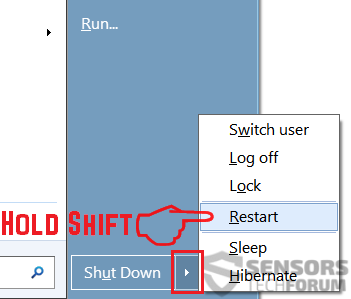
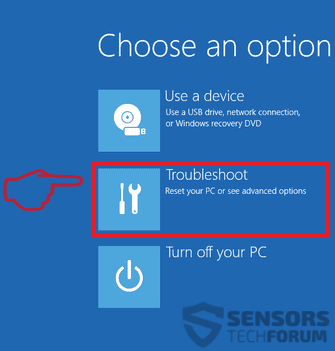
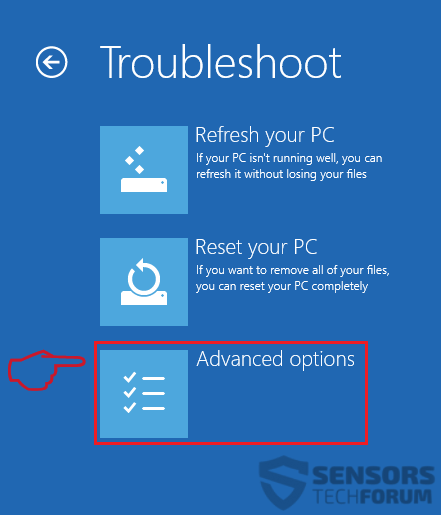
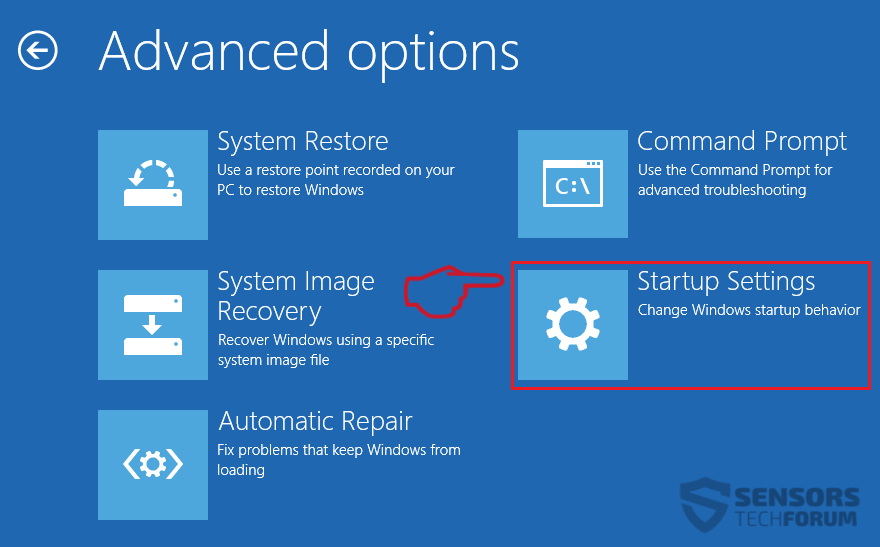
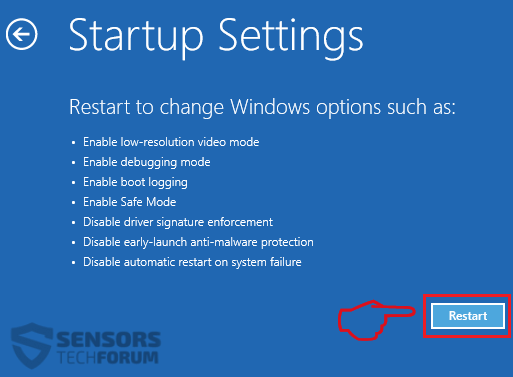
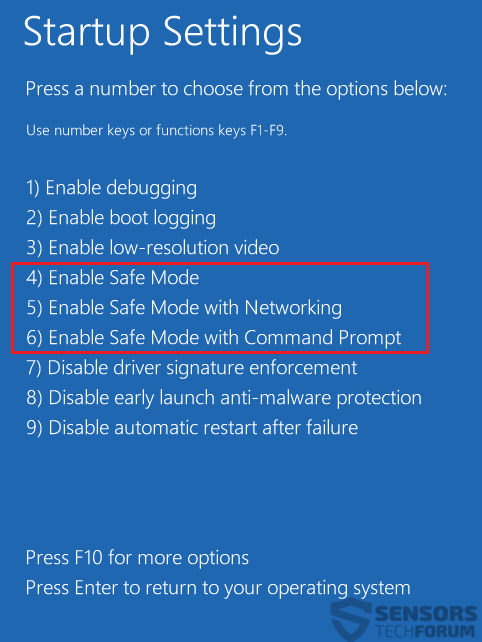
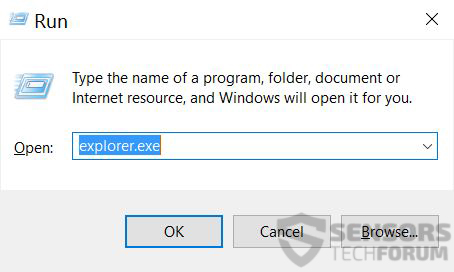

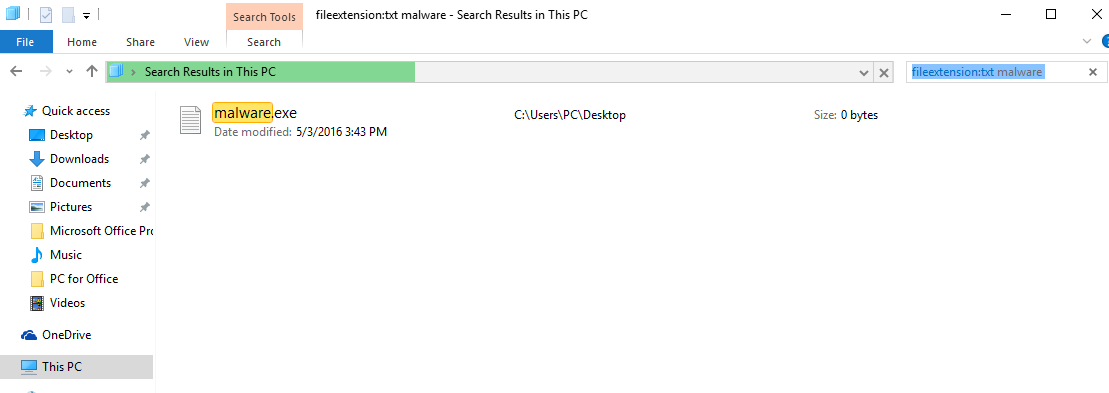
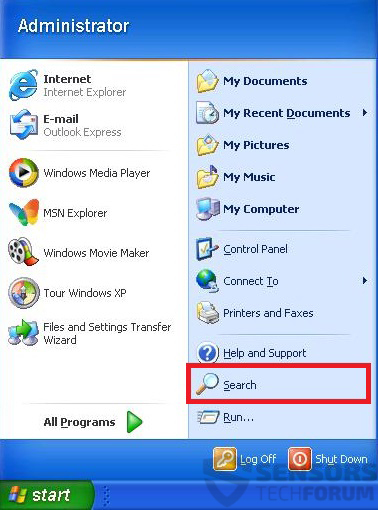
 1. Install SpyHunter to scan for Rietspoof Malware and remove them.
1. Install SpyHunter to scan for Rietspoof Malware and remove them.